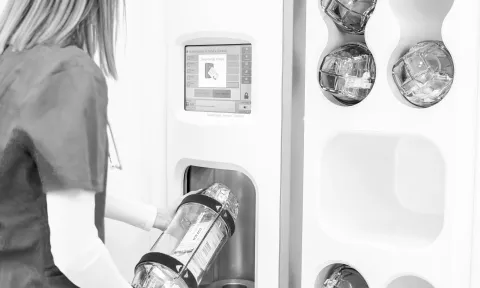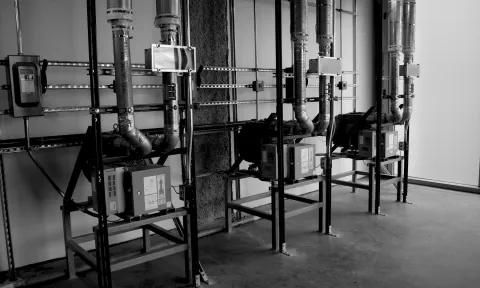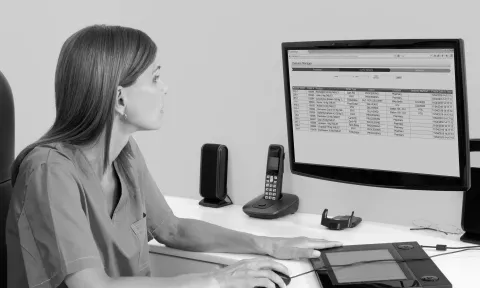You might also be interested in this

Customer Pledge

Superior Transport Automation

Pneumatic Tube System Components

Carriers and Accessories

Stations

TransLogic V8

Delivery Manager Material Tracking Software


Patient Outcomes Remain Paramount
Reading Time: 3 min.
6/13/2025
Hospitals continue to grapple with the significant challenges that have unfolded over the past five years. Chief among them are financial pressures driven by rising costs related to staffing, pharmaceuticals, and medical equipment. Compounding these issues is a volatile geo-political climate fueled by tariff threats and potential shifts in legislation.
Amidst all these challenges hospital patient safety must remain a priority.
Hospitals must continue to navigate these challenges while maintaining patient safety as their top goal across all areas of care delivery. The good news is that a survey cited by the American Hospital Association (AHA) reports that “culture of safety” initiatives appear to be delivering positive results as hospital workers embrace a more person-centered approach to care management.
While this is encouraging, much work remains to be done to improve all areas of patient safety. This is especially true in efforts to protect patients against hospital medications errors and mishandling. The Joint Commission lists among its top three 2025 Safety Goals the need to improve hospital medications safety.
Medication errors and unsafe practices can have a devastating impact on patient safety. Although all areas relating to hospital patient safety are critical, medication errors have the potential to impact a large number of patients within a short period of time. Every year over a million patients are harmed by medication errors in hospitals. A report issued by the World Health Organization (WHO), estimates the annual cost of these errors to hospitals as $42 billion.
However, the same report identifies medication errors and unsafe practices as among “the most avoidable” causes of harm and injury. How can these be avoided? One clear solution is the implementation of technologies designed to enhance accuracy and minimize human error. Many hospitals are working to achieve this through pharmacy automation and pneumatic tube transport of sensitive materials.
These sophisticated platforms help improve patient safety by automating the processes involved in medications procurement, storage, management, dispensation, and tracking. When handled manually, these processes are exposed to potentially dangerous errors and mishandling that can quickly impact the health and wellbeing of patients.
Today’s hospital pharmacy automation systems use a combination of robotics and software components that help pharmacists ensure safety through dosage accuracy, individual dose packaging, and chain of custody tracking.
Automation in hospital pharmacies represents a major advancement in enhancing patient safety, playing a vital role in minimizing medication errors, enhancing traceability, streamlining inventory management, and easing the burden on healthcare professionals.
These systems have been serving the medications and materials transport needs of hospitals for decades. In addition to optimizing transport efficiency, they are also effective in helping reduce hospital patient safety hazards, many of which arise from human transport. These may include:
Newer pneumatic tube systems have evolved to meet the most stringent handling and transport requirements enabling them to include sensitive materials such as blood. They ensure safety by providing the following:
It is also important to recognize several other critical areas essential to patient safety, as identified by the Joint Commission:
Now, more than ever, hospitals must optimize patient safety. In our post-pandemic world, public scrutiny of hospital patient safety has intensified. However, patients continue to place significant trust in hospitals for their acute care needs. Ensuring a safe patient environment is not only essential but must be grounded in best practices. Hospitals should take advantage of innovative technologies to enhance the accuracy of medication management and allow clinical teams to focus more on direct patient care. Doing so will not only help ensure patient safety, but improve overall quality of patient care.








Contact our knowledgeable specialists to discover how our range of automation solutions can boost efficiency, reduce costs and enhance care at your healthcare facility.
Contact us